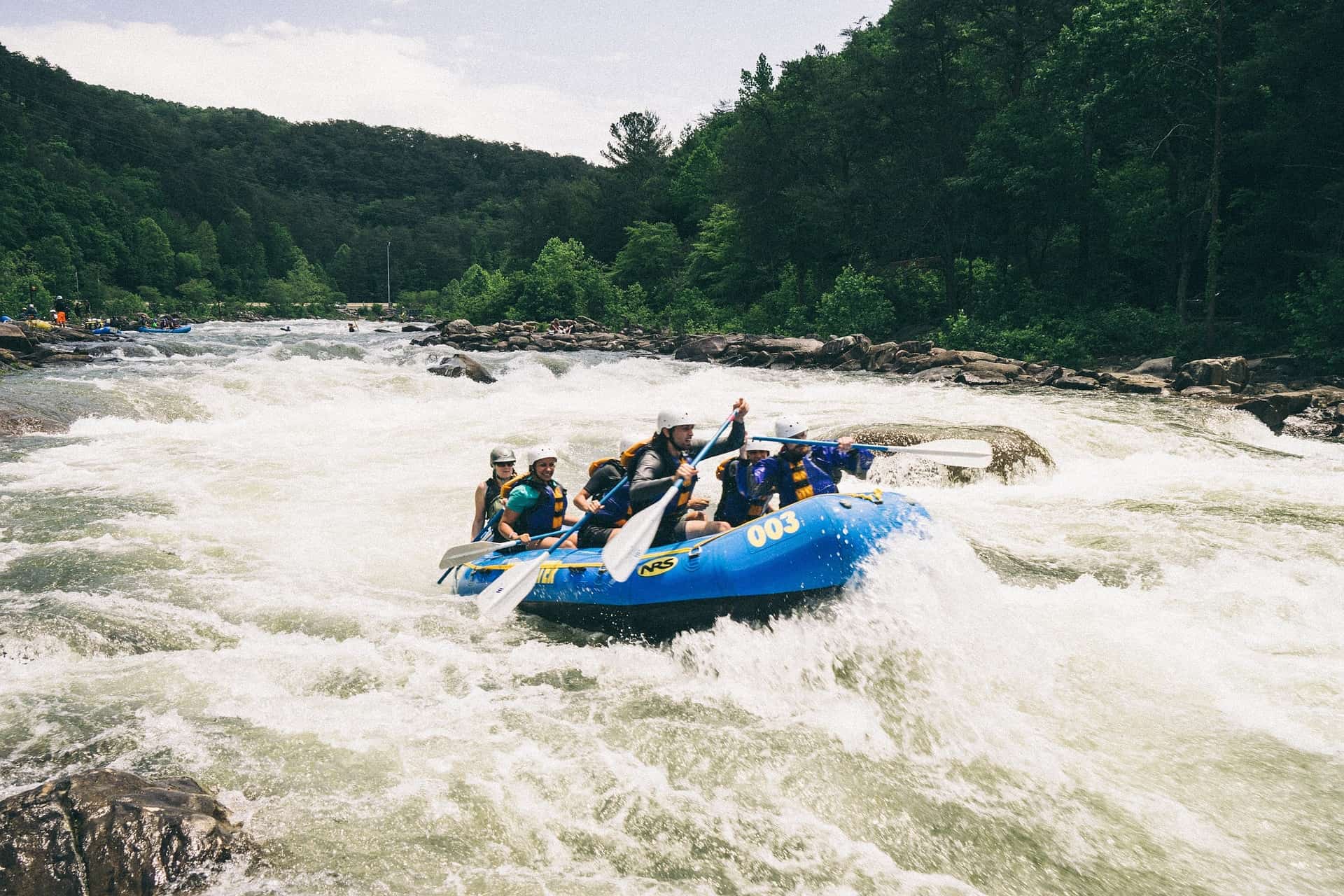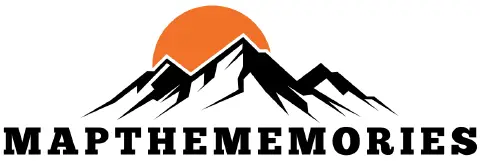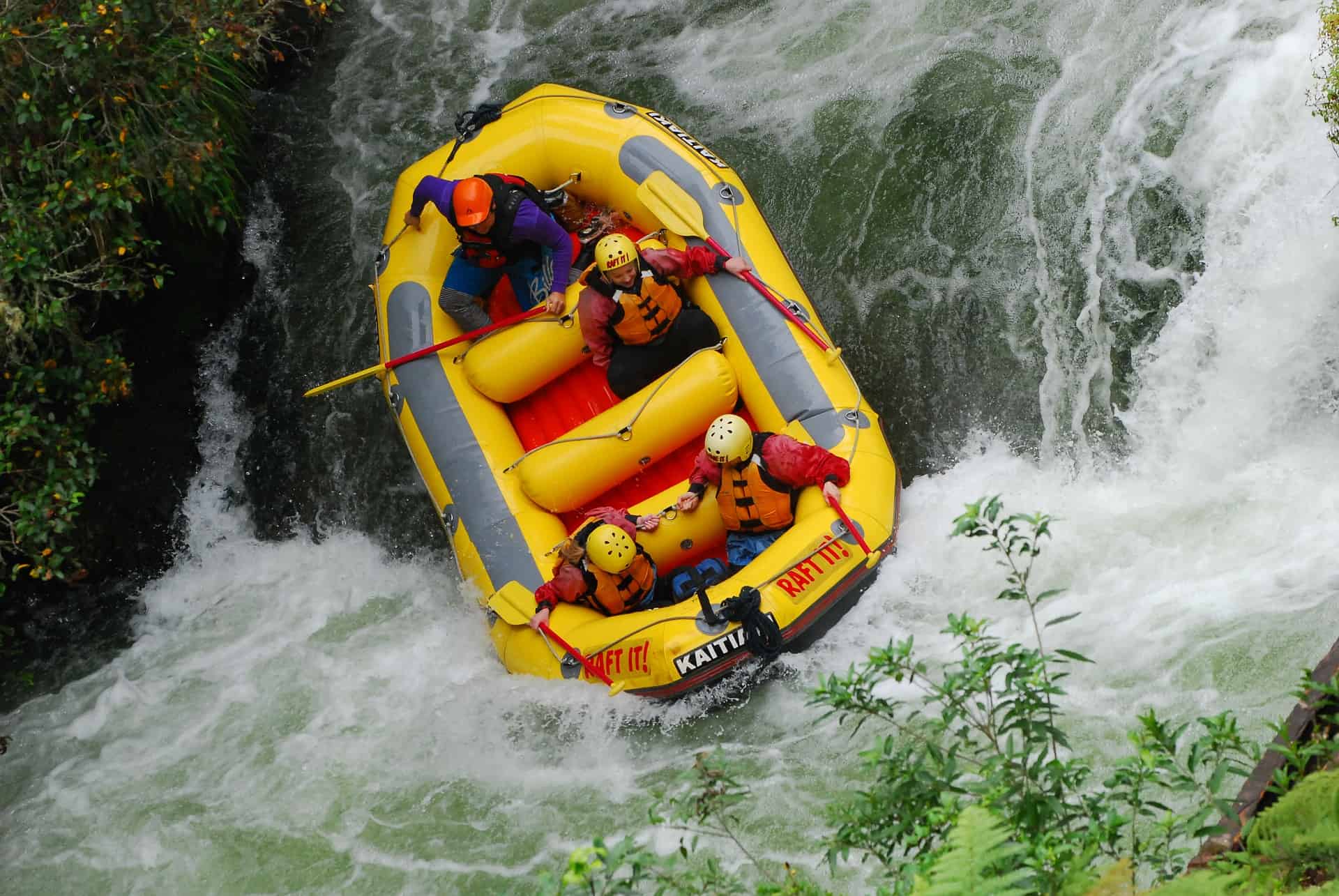Colorado attracts hundreds of thousands of tourists and hobbyists every year because of its legendary whitewater rapids. Melting snow from the surrounding mountains feeds Colorado’s rivers, so the best time to go rafting changes depending on what experience your group has and what you are looking for.
When does rafting start in Colorado?
Rafting season in Colorado begins in May and goes until September. If weather permits, rafting trips start in April and run into October. Since Colorado rivers are fed by melting snow, the changing water levels determine ideal rafting times. Labor Day weekend marks the end of the rafting season.
Rafting in Colorado
In its entirety, the Colorado River travels past five national parks, six national monuments, conservation and recreation areas, and state parks. While rafting the Colorado River straight through is impossible, each trip or stretch you embark on has an adventure and breathtaking sights of its own.
Besides the Colorado River, other popular rafting locations include the Arkansas River, Animas River, Yampa River, and Piedra River.
If you plan on rafting in Colorado and experiencing the whitewater rapids yourself, you need to make sure you have all of the proper equipment and accessories.
Check out the MARCHWAY Floating Waterproof Dry Bag.
It uses a roll-top closure system to ensure your items stay safe and dry. It comes in different sizes and bright colors to be spotted easily amongst the rocks and water. It has a 4.8 out of 5-star rating with over six thousand ratings and should be considered before your next rafting trip.
While the best practice is to leave any essential personal effects in your car or a locker before you start your trip on the water, you should bring a waterproof bag to store items such as a towel, water bottle, or a camera.
All Rivers Have a Different Level of Difficulty

When you’re deciding where you’d like to go rafting in Colorado, one of the most important factors to consider is what class rating each river has assigned. The class scale helps you determine the size, technicalities, and overall difficulty of the whitewater you’ll be encountering:
Level 1 or Class I Rapids
You will encounter moving water with smaller waves that tug at the raft, similar to what you would experience in a fast-moving lazy river. Many routes have stretches of Level 1 water in between more intense rapids.
Level 2 or Class II Rapids
Easier rapids with waves up to three feet tall. Clear channels are readily identifiable without scouting. Some maneuvering may be required.
Level 3 or Class III Rapids
Rapids with high, unpredictable waves around four feet fall. There are more narrow passages that need calculated maneuvering. A popular choice if you’re looking for lots of excitement.
Level 4 or Class IV Rapids
Encountering a Level 4 rapid is turbulent with long, narrow, and difficult passages. These courses can be hard to predict and frequently require tricky maneuvering.
Level 5 or Class V Rapids
Level 5 rapids are a combination of all of the previous classes with an extra degree of difficulty. You will encounter long, complicated passages and gushing rapids that can send your raft spinning.
Level 6 or Class VI Rapids
Unless you and your group are qualified experts, Level 6 rapids are considered extraordinarily dangerous and are not frequently traveled. There is a high possibility of serious injury, or worse.
Suppose you’re having a hard time imagining what the different levels and classes look like. In that case, I’ve included a one-minute informational video below to help you visualize each one. While based on the East Coast and not Colorado, they have many resources on the activity of whitewater rafting as a whole.
Colorado Has No Shortage of Great Rafting Destinations
Colorado has about 30 whitewater rafting areas and destinations, meaning it’s relatively easy to find a nearby river and professional outfitter.
Colorado Parks & Wildlife defines a river outfitter as “Any person advertising to provide or providing, river-running services in the nature of facilities, guide services, or transportation for the purpose of river-running.”
Even for experienced rafters, you should never embark on the Colorado rivers on your own. A professional outfitter is not someone who only provides equipment, but someone who guides you through the entire experience and is there to help if anything goes awry.
Many Colorado locations for rapids include all difficulty levels of water and attract tourists for various reasons.
The Arkansas River
The Arkansas River is one of the most popular rafting destinations in the United States. Its proximity to Denver makes it a popular choice among those visiting Colorado. It passes through the Royal Gorge, a canyon with beautiful sights.
The river has over 100 miles of whitewater rapids. It has Class I to Class V ratings, making it an appropriate choice for rafters of various skill levels.
The Colorado River
The Colorado River stretches across seven different states in America and is 1,450 miles long.
It journeys through scenic meadows, valleys, and canyons. Due to its location in Colorado, rafters looking for serious whitewater expeditions may be better off looking at rivers like the Arkansas. The Colorado River is a smart introduction for families with small children, senior citizens, or individuals looking to have a relaxing river adventure.
The Gunnison River
The Gunnison River starts near Almont, Colorado and surges down through high mountains, gorges, and canyons until it heads down west towards the Colorado River in Grand Junction.
To get to the river, you have to embark on a mile-long hike down a narrow trail. Many rafters claim that this hike is worth it for the solitude and amazing views once you’re on the river.
Wilderness Aware Rafting has a great directory of Colorado rivers, allowing you to read about the difficulty levels, rafting seasons, and more.
Ready to Go to Colorado Yet?
Colorado is a fantastic choice for anyone looking to experience whitewater rafting. Before embarking on your vacation, make sure you do your research into professional outfitters near your destination and have an idea of which river will be the best choice for you and your party.

